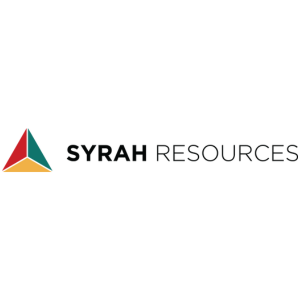"African mining industry is coping well with the global business challenges posed by the pandemic."
The importance of Joint Ventures (JVs) and Collaboration for the development of African mining industry cannot be overemphasized. Africa is endowed with huge mineral potentials, most of which are currently under-optimized. The huge infrastructure gap as well as the significant funding requirement to fully explore investment opportunities in the mining industry has been a key bottleneck for most sovereigns and mining companies (Industry Players) in the African region. Given the growing need by industry players to adequately hedge against global shocks, boost government revenue, improve foreign reserve earnings and corporate profit in this pandemic era, exploring a tested and effective business solution is a must.Over the years, Joint Ventures and Collaboration have been effective tools in optimizing the mining potentials of most African countries.
The relatively low contribution of the Mining industry to the gross domestic product(“GDP”) of most African countries, including Nigeria and Ghana, has been partly attributed to the lack of effective framework and policies that aid effective JVs that would anchor the necessary change. Few countries have adopted and explored JV agreements that transformed their mining output contribution and outlook over the years. These agreements have placed these few as major producers of solid minerals like Diamond, Gold and Bauxite in Botswana, South Africa and Guinea as leading producers of Diamond, Gold and Bauxite respectively.
Joint Venture serves as an ideal solution towards actualizing required improvement in the African mining industry for both sovereigns and corporates. However, in order to achieve desired end goal, JVs must be rightly structured. Considering the size of the CAPEX requirements, technical expertise, community engagement, site maintenance and value-addition in the industry, JVs provide the avenue to adequately finance mining initiatives, source critical and required technical skills, reduce and share risks as well as build international and local relationship for actualizing project objectives. JVs also provide the platform to address sustainability issues, mine construction models, energy options, stakeholders and community engagements as well as reduction in investment payback period.
Equity Joint Ventures (“EJV”) is the more common type of JV in Africa. Compared to Contractual Joint Venture, which is basically a legal agreement without incorporating an entity, EJV is a legal agreement backed up by incorporating a JV Company as a “ProjectCo” for the purpose of mining initiatives. African mining industry has witnessed both State/Local JVs as well as International JVs. While State/Local JV is typically concession based, and focused on local mining laws, rights and expertise. International JV is more appropriate for funding, technical expertise, production and risk sharing and leveraging digital technology.
A good case study of the JV success story is Debswana Diamond Company (“DDC”). DDC was established in 1969 and jointly owned by the Government of the Republic of Botswana and The De Beer Group of Companies. The partnership served as an effective bridge to address imminent funding, technical and infrastructure challenges that could hamper the trajectory of the country’s Diamond production potential. Debswana has grown to be one of the leading diamond producers in transaction volumes and values globally; contributing significantly to the economic development evident by increasing impact on Gross Domestic Product (GDP), government revenue, foreign exchange earnings and massive employment generation. DCC’s commitment to safety and social impact has led to significant communities’ development within its four operated mines, making it an ideal model for African Sovereigns.
Aside Joint Ventures, Collaboration has proven to be another key solution for industry players towards achieving economies of scale, reducing operational cost and actualizing project objectives. Specifically, Collaboration has been adopted by industry players and other key stakeholders to achieve visible social and economic impact in mining communities, as well as increasing return on investment to shareholders. Identified options for effective Collaboration includes: Project Funding, Operational Framework, Infrastructure Development, Community Development and Stakeholders Engagement. For a successful JV/Collaboration, the following factors must be considered viz;
Identifying Winning Partner
Having the right partner is the core of JVs and Collaboration models. Industry players must seek partners with strategic fit that could stimulate project synergy. Key criteria include asset ownership & rights, funding capacity, technical know-how, infrastructural acumen, intellectual rights, cultural fit, market depth and international presence. The assessment process must be objectively considered to align with project needs and outcomes. Engaging a winning partner has the tendency to accelerate project completion, as well as remove key bottlenecks that otherwise would serve as barriers to project completion.
Mutual Trust & Commitment
Gaining trust has been one of the key challenges in modern day business. This calls for clear understanding of partnership objectives as well as alignment. JVs and Collaboration thrive on utmost good faith which is the bedrock for proper negotiation, risk sharing and responsibilities.
Effective Governance
Lack of effective governance structure is a major threat to successful JVs and Collaboration. Issues surrounding board composition, role & responsibilities, team selection/deployment, accountability, team monitoring, reporting and decision making must be adequately addressed. The removal of strategic and operational bottlenecks ranging from board conflicts, task overlapping, inconsistence workflow, role duplication and unclear reporting lines are key benefits.
Performance Evaluation
The performance of JV initiatives and impact of Collaboration must be monitored and duly evaluated. This is necessitated to assess continuous alignment with stated objectives at the commencement of the initiative as well as measure both the economic and social impact over time. Industry players should set and track key metrics to substantiate the achievement of project milestones and take corrective measures where necessary. Suggested metrics include number of projects identified, number of projects commissioned, number for tasks assigned, number of tasks completed, percentage reduction in operational cost, level of social impact and community development, percentage of funding achieved etc.
Conclusively, African mining industry is coping well with the global business challenges posed by the pandemic. Despite increasing volatility in commodity pricing, the huge solid mineral deposit in the continent coupled with deployment of workable JV and Collaboration structures could serve as an effective economic shock absorber and game changer for most African countries.
Babatunde Oyekunle, Deputy Managing Director, PAC Capital Limited.
The relatively low contribution of the Mining industry to the gross domestic product(“GDP”) of most African countries, including Nigeria and Ghana, has been partly attributed to the lack of effective framework and policies that aid effective JVs that would anchor the necessary change. Few countries have adopted and explored JV agreements that transformed their mining output contribution and outlook over the years. These agreements have placed these few as major producers of solid minerals like Diamond, Gold and Bauxite in Botswana, South Africa and Guinea as leading producers of Diamond, Gold and Bauxite respectively.
Joint Venture serves as an ideal solution towards actualizing required improvement in the African mining industry for both sovereigns and corporates. However, in order to achieve desired end goal, JVs must be rightly structured. Considering the size of the CAPEX requirements, technical expertise, community engagement, site maintenance and value-addition in the industry, JVs provide the avenue to adequately finance mining initiatives, source critical and required technical skills, reduce and share risks as well as build international and local relationship for actualizing project objectives. JVs also provide the platform to address sustainability issues, mine construction models, energy options, stakeholders and community engagements as well as reduction in investment payback period.
Equity Joint Ventures (“EJV”) is the more common type of JV in Africa. Compared to Contractual Joint Venture, which is basically a legal agreement without incorporating an entity, EJV is a legal agreement backed up by incorporating a JV Company as a “ProjectCo” for the purpose of mining initiatives. African mining industry has witnessed both State/Local JVs as well as International JVs. While State/Local JV is typically concession based, and focused on local mining laws, rights and expertise. International JV is more appropriate for funding, technical expertise, production and risk sharing and leveraging digital technology.
A good case study of the JV success story is Debswana Diamond Company (“DDC”). DDC was established in 1969 and jointly owned by the Government of the Republic of Botswana and The De Beer Group of Companies. The partnership served as an effective bridge to address imminent funding, technical and infrastructure challenges that could hamper the trajectory of the country’s Diamond production potential. Debswana has grown to be one of the leading diamond producers in transaction volumes and values globally; contributing significantly to the economic development evident by increasing impact on Gross Domestic Product (GDP), government revenue, foreign exchange earnings and massive employment generation. DCC’s commitment to safety and social impact has led to significant communities’ development within its four operated mines, making it an ideal model for African Sovereigns.
Aside Joint Ventures, Collaboration has proven to be another key solution for industry players towards achieving economies of scale, reducing operational cost and actualizing project objectives. Specifically, Collaboration has been adopted by industry players and other key stakeholders to achieve visible social and economic impact in mining communities, as well as increasing return on investment to shareholders. Identified options for effective Collaboration includes: Project Funding, Operational Framework, Infrastructure Development, Community Development and Stakeholders Engagement. For a successful JV/Collaboration, the following factors must be considered viz;
Identifying Winning Partner
Having the right partner is the core of JVs and Collaboration models. Industry players must seek partners with strategic fit that could stimulate project synergy. Key criteria include asset ownership & rights, funding capacity, technical know-how, infrastructural acumen, intellectual rights, cultural fit, market depth and international presence. The assessment process must be objectively considered to align with project needs and outcomes. Engaging a winning partner has the tendency to accelerate project completion, as well as remove key bottlenecks that otherwise would serve as barriers to project completion.
Mutual Trust & Commitment
Gaining trust has been one of the key challenges in modern day business. This calls for clear understanding of partnership objectives as well as alignment. JVs and Collaboration thrive on utmost good faith which is the bedrock for proper negotiation, risk sharing and responsibilities.
Effective Governance
Lack of effective governance structure is a major threat to successful JVs and Collaboration. Issues surrounding board composition, role & responsibilities, team selection/deployment, accountability, team monitoring, reporting and decision making must be adequately addressed. The removal of strategic and operational bottlenecks ranging from board conflicts, task overlapping, inconsistence workflow, role duplication and unclear reporting lines are key benefits.
Performance Evaluation
The performance of JV initiatives and impact of Collaboration must be monitored and duly evaluated. This is necessitated to assess continuous alignment with stated objectives at the commencement of the initiative as well as measure both the economic and social impact over time. Industry players should set and track key metrics to substantiate the achievement of project milestones and take corrective measures where necessary. Suggested metrics include number of projects identified, number of projects commissioned, number for tasks assigned, number of tasks completed, percentage reduction in operational cost, level of social impact and community development, percentage of funding achieved etc.
Conclusively, African mining industry is coping well with the global business challenges posed by the pandemic. Despite increasing volatility in commodity pricing, the huge solid mineral deposit in the continent coupled with deployment of workable JV and Collaboration structures could serve as an effective economic shock absorber and game changer for most African countries.
Babatunde Oyekunle, Deputy Managing Director, PAC Capital Limited.


.jpg?ext=.jpg)


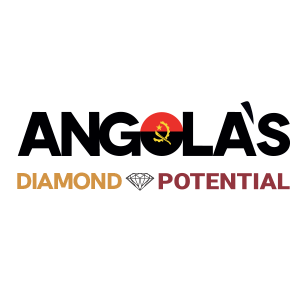
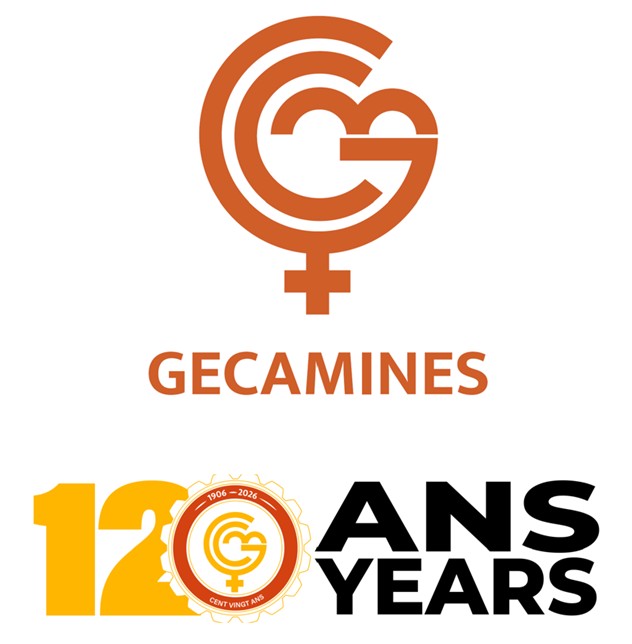
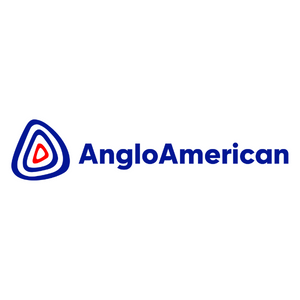
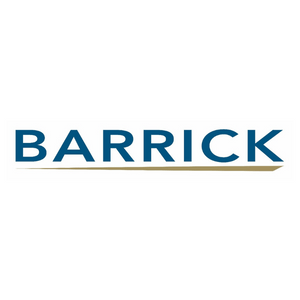
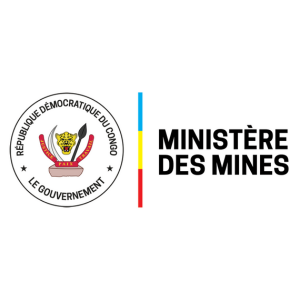



-Logo_CMYK_1.jpg?width=1000&height=500&ext=.jpg)
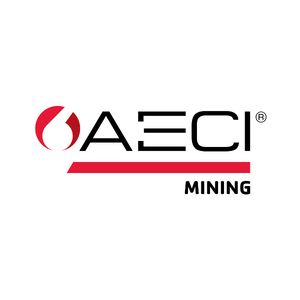



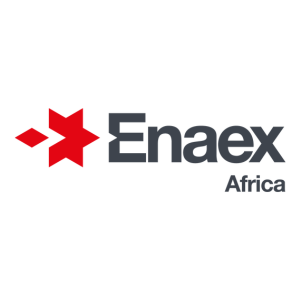
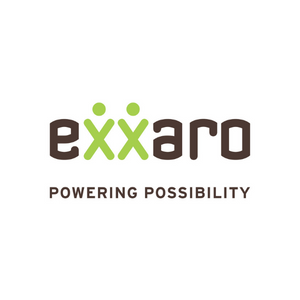

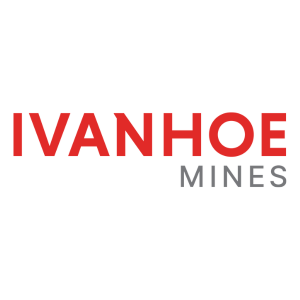
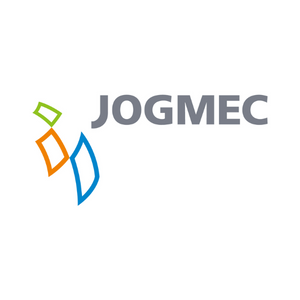



_mi25-weblogo.png?ext=.png)

_1.png?ext=.png)




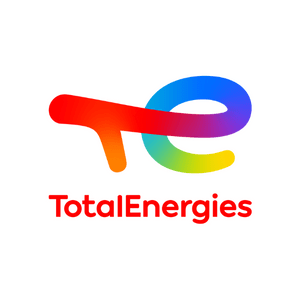
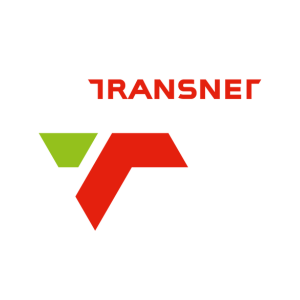










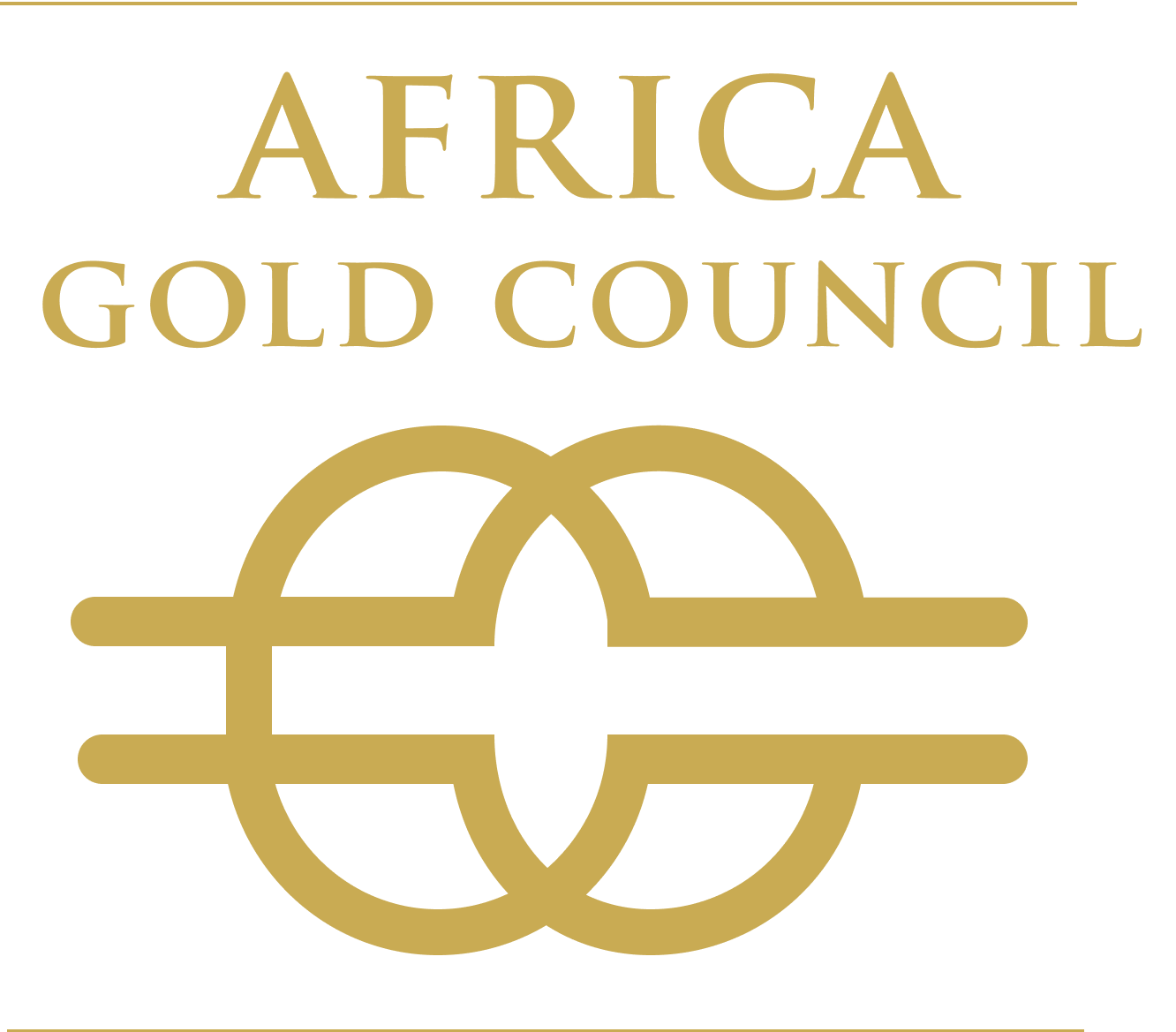

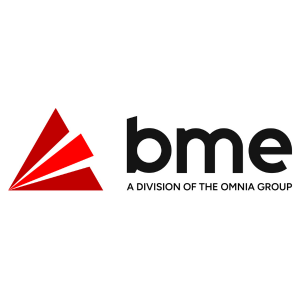


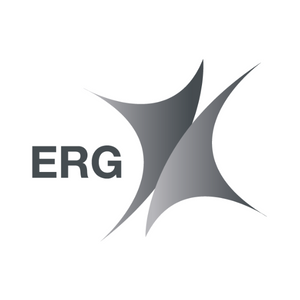




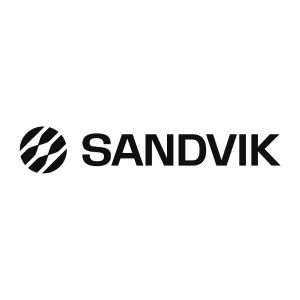
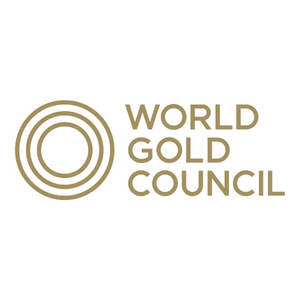

_mi25-weblogo.png?ext=.png)

